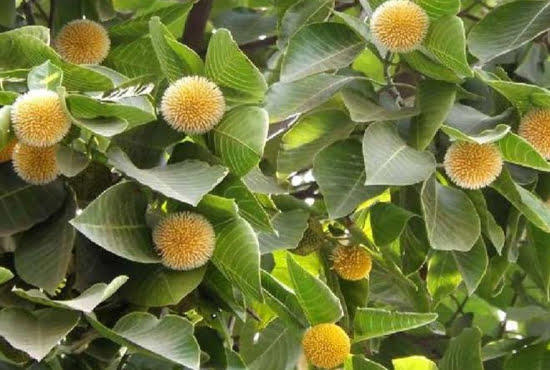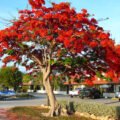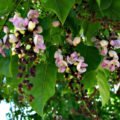Introduction Of Kadam
For thousands of years, Kadamb (Neolamarckia cadamba) has been used as herbal medicine to treat various health conditions in China and India due to its antioxidant, anti-inflammatory, and antimicrobial properties. Nowadays, the herb is valued not only as an immune booster but also as an effective natural remedy for diabetes and other digestive problems and allergies. Continue reading to learn more about the health benefits of Kadamb and some of its side effects and drug interactions.
Common Names Of Kadam

Plant Description
It is native to the Western Ghats and the Eastern Ghats at elevations of 800–1500 m above sea level. The plant’s bark is red with insecticidal and larvicidal properties. The Kadam fruits are ellipsoid and reddish-brown. They contain a few large seeds covered by smooth black tests inside. Flowering can be found between November-June, while fruiting occurs between December-April.
The trees play host to many Animals including rodents, Birds, and Insects that help distribute their seeds around the forest floor thereby contributing to its regeneration. This species was named after Jean Baptiste Lameere, 19th-century Belgian naturalist and administrator. The tree is commonly used for Ayurvedic medicinal preparations and wood fuel sources.

Plant Habitat
Natural – Neolamarckia cadamba is an evergreen tree that usually grows up to 30 meters tall. It has pinnate leaves with serrated edges. The tree’s bark is grayish-brown and its flowers are a lavender color. Neolamarckia cadamba can be planted in tropical areas or temperate regions as long as it gets plenty of sunlight. In colder climates, it will grow slowly or not at all. Growers prefer that you plant Neolamarckia cadamba near other trees because of how much water it can absorb from them during dry spells.
Growing Tips
It grows best in warm and humid climate and rich loamy soil.
The growth is rapid in the first 6-8 years and the tree attains maximum size in about 20 years.
Flowers appear from June to August.
Tree comes to flowering when 4-5 years old.
Planted near houses and roadsides as a shade tree.
One of the most frequently planted tree in the tropics.
Kadamba leaves may develop yellowing due to iron deficiency in very alkaline poorly drained soils.

Facts And Uses
Neolamarckia cadamba tree is a plant species in the family Fabaceae. It is native to India and Nepal. In india this is the tree popularly associated with Krishna. Krishna dancing with Radha and his favorite Gopis under this tree is a favorite theme of the Krishna Radha legend and is often represented in miniature painting.
The tree grows to be a height of up to 25 meters and can live for at least 100 years. The leaves are green or dark green and measure between 5-20 cm long by 3-10 cm wide. The flowers are creamy yellow in color and bloom in the spring season.
In summers they bear fruit that is oval-shaped with thick woody shells. Inside them, there are 6-12 seeds that have hard coats when mature that need to be removed manually before using for various purposes like food, fuel, and other things. In Ayurvedic medicine, it has been used as an antiasthmatic, antipyretic, antihelminthic, and antiinflammatory agent along with other traditional uses.
Today its bark powder is also used to treat bacterial infections, skin disorders, etc. The bark oil extracted from it has antifungal properties and repels insects while stimulating blood circulation. Applied externally on wounds it prevents drying up of dead cells around wounds thus reducing the scarring process.
internally it controls high blood pressure due to its diuretic properties. Therefore Neolamarckia cadamba makes an ideal herbal cure for many ailments like malaria, ulcers, etc apart from being a great nutritional source.

